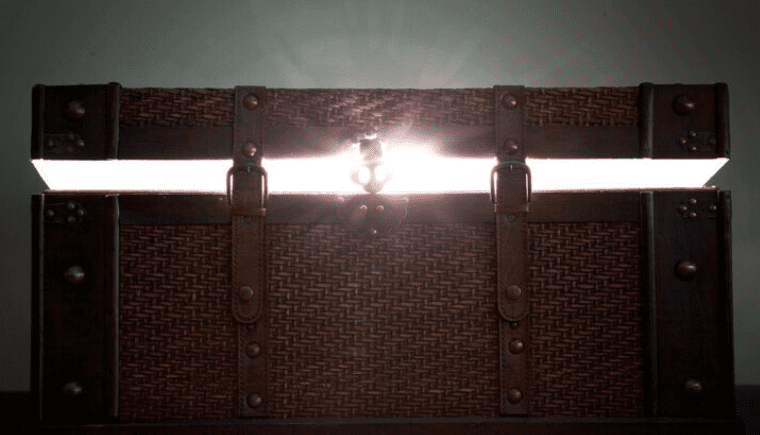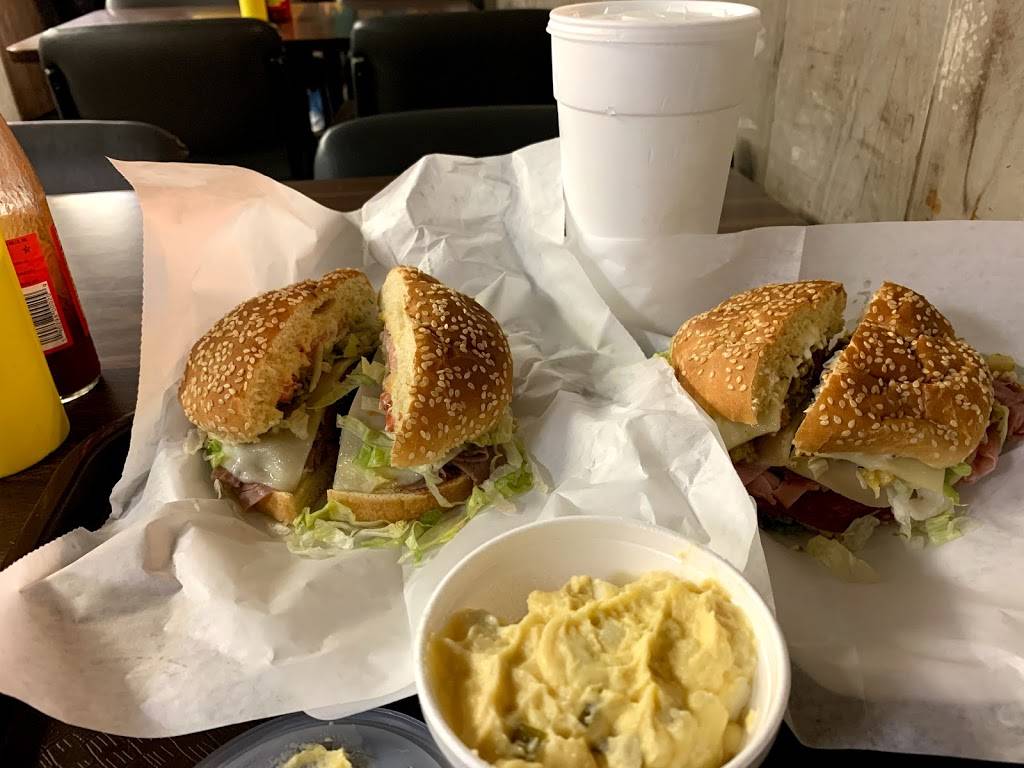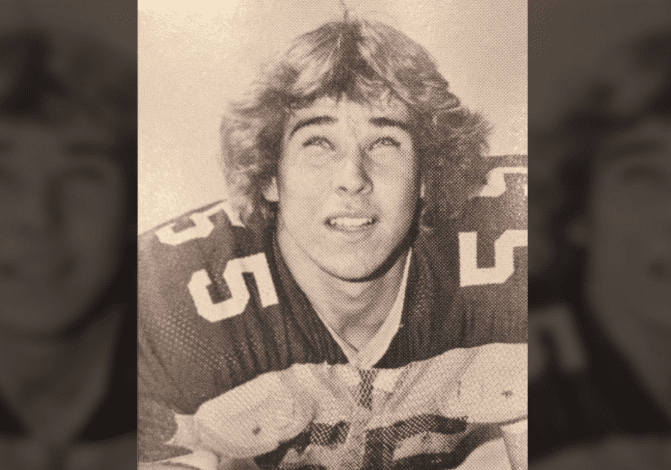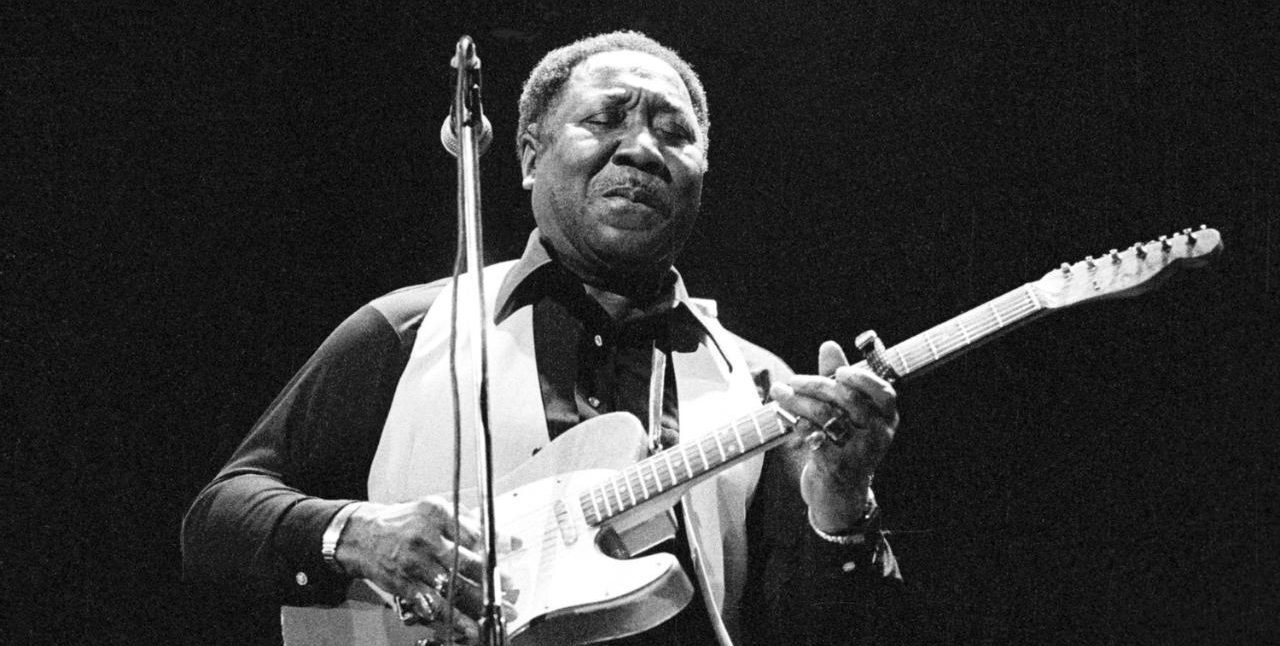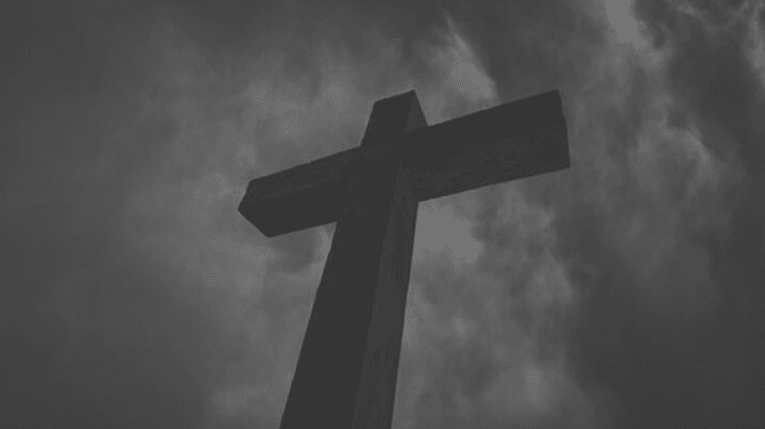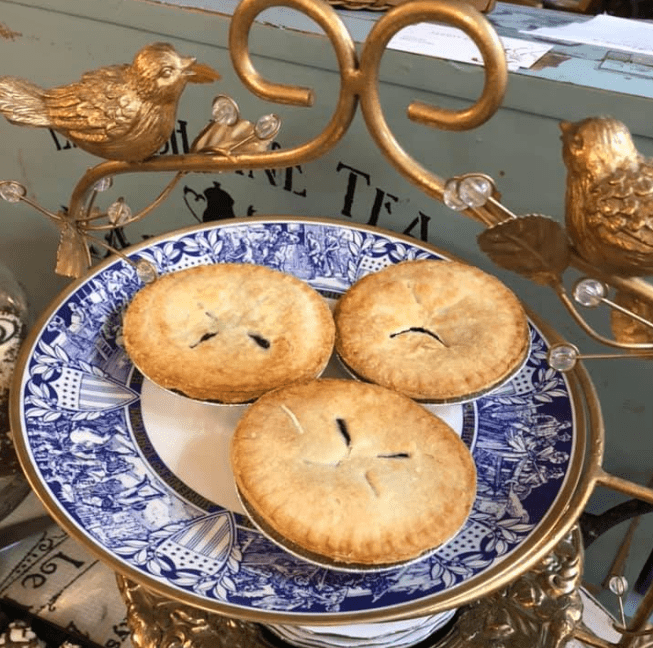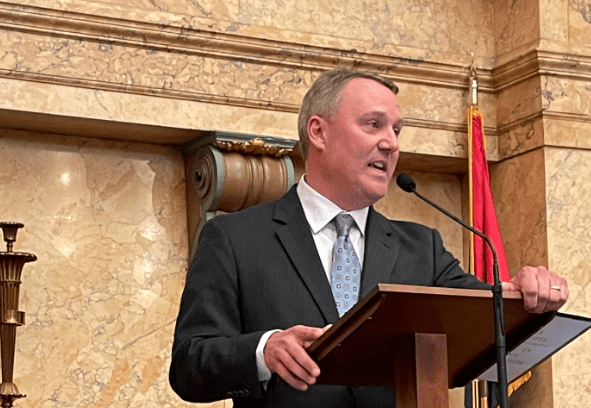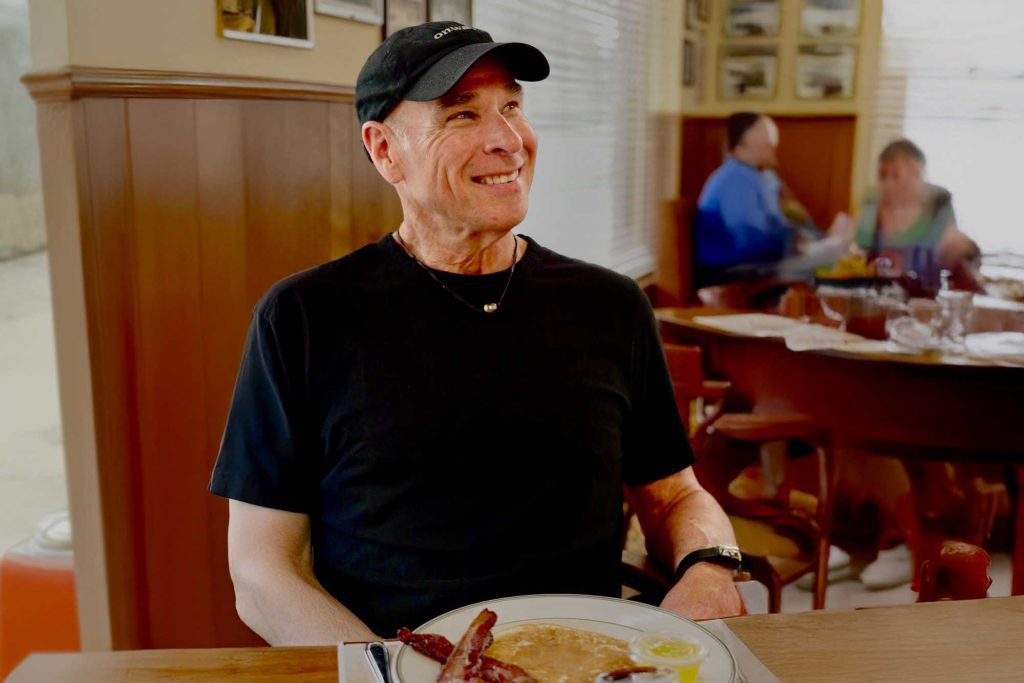
- The gallery boasts thousands of historical artifacts that draw the history to the present and highlight the efforts of the ‘movement veterans’ of the time.
During Black History Month, it is easy to dismiss the Civil Rights Movement in the 1960s and 1970s as history long behind. It is tempting to discuss the events of Freedom Summer, soon to hit its 60th anniversary, as something from the past, as if making a passing glance into the rearview mirror.
But the sacrifices made, often at the risk of losing life and limb, cannot merely be mentioned as if an old fairytale— they must be honored and celebrated.
A Tremor in the Iceberg Gallery at the Mississippi Civil Rights Museum brings that history to the forefront.
In the 1960s, Bob Moses sat in a Pike County Jail, arrested for his efforts, as he wrote about the newer generation of activists. He said they were “a tremor in the middle of the iceberg from a stone the builders rejected.” This younger, newer group of activists was ready to challenge the mindset of Mississippi segregationists publicly, boldly, and often, but in simple ways.
Protests on Display at the Gallery
The gallery boasts thousands of historical artifacts that draw the history to the present and highlight the efforts of the ‘movement veterans’ of the time. The protests of the 1960s and early 1970s were often simple in nature, but through them, voices were heard.
On March 27, 1961, a group known as the Tougaloo Nine staged a “read-in” at the Jackson Public Library, which at the time was a “whites-only” library. The goal of the read-in was simple. Get a book, sit, read, and prove that black readers had just as much business in the library as white readers. Police officers came and removed the nine, and they were all arrested. The nine Tougaloo College students– Alfred Cook, Ethel Sawyer, Geraldine Edwards Hollis, Evelyn Pierce, Janice Jackson, Joseph Jackson Jr., Albert Lassiter, James “Sammy” Bradford, and Meredith Anding, Jr.– all have their mugshots hanging in the gallery.
“When I look at these pictures,” said Museum Executive Director Michael Morris, “I don’t see fear. They don’t look like they were thinking, ‘Oh, man, we messed up.’ They were proud of what they had done.”
Seven of the Tougaloo Nine were present for a special preview of the gallery prior to the museum’s opening in 2017.
On May 28th, 1963, Tougaloo students organized another protest, this time at Woolworth’s in Jackson. The Woolworth’s Sit-In, which was comprised of black and white students sitting together in solidarity at the white-only counter, garnered scrutiny from many of the white patrons of the counter, who gathered around the peaceful protestors and doused them in soda and milkshakes. When the crowd grew too rowdy, Jackson Police were called in to remove the protestors and restore order.
“Again, these students were simply sitting together at the counter, not saying anything other than to each other,” said Morris. “Some of the faculty were there encouraging and advising the students.”
While a picture speaks a thousand words, video footage brings history to life at this gallery.
“The WLBT television studio was clearing out some of their archives, and thankfully, some of the footage of that sit-in was donated to the Mississippi Department of Archives and History,” said Morris. “So we have that running here today, as a permanent part of the museum, to really bring this immersive experience.”
Possibly the most moving of displays at the A Tremor in the Iceberg Gallery is that of the Freedom Riders, busloads of integrated peers that bussed into Jackson via Greyhound to protest the fact that busses in Mississippi were still segregated, despite earlier Supreme Court rulings deeming the practice unconstitutional. Mugshots line the wall, people of every race, age, and creed riding together to both stand for what is right and the inevitability of jail time.
“What do you see in this gallery? Every race. White, black, Asian. Every religion, members of the Catholic clergy, and Jewish people. Young people and old people,” said Morris. “And all of them went to jail.”
The Freedom Rides were sponsored by the Congress of Racial Equality (CORE) and the Student Nonviolent Coordinating Committee (SNCC). Many of the riders were sent to the Mississippi State Penitentiary at Parchman, where dozens were crammed into small jail cells with little lighting, no reading material, and no privacy for restroom usage.
A jail cell sits in the gallery, bringing museum patrons into the tight, dark quarters to which the Freedom Riders were confined.
“They were separated by gender,” said Morris. “And it wasn’t the glorified idea of prison that people see in the media. It was closer to torture.”
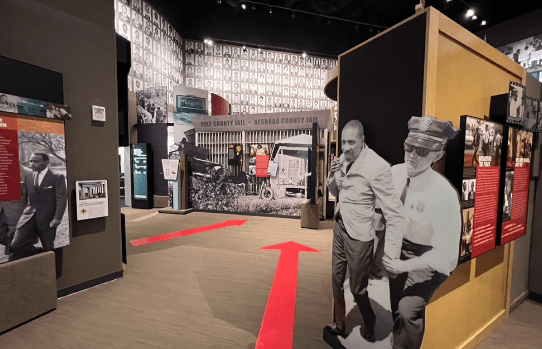
Beyond the Tremor
The Civil Rights Museum has a concluding gallery, which encourages museum-goers of all ages to think beyond the history—what’s next?
“People can come into this gallery, have their picture taken, and outline what they’d do to make our society a better place,” said Morris. “For some, that’s spreading the Gospel. Some children said that meant being a teacher. For me, it means teaching everyone about the Civil Rights Movement through the 1950s, 60s, and 70s.”
Those pictures and responses are then projected onto the wall, making museum-goers part of the future of the movement for equality for all of society.
As far as the Civil Rights Movement goes, when or if it ended is up for debate.
“Movement veterans will tell you that the fight is still ongoing,” said Morris. “Others say it came to a head in the 1970s, but there’s still work to be done. Either way, we can all do something for equality.”
For more information about the Mississippi Civil Rights Museum or to tour the Two Museums, visit The Two Museums Website.
Two Mississippi Museums Free Feb. 21, in Memory of Mississippi Governor William Winter
Speaking at the opening ceremony of the Two Mississippi Museums in December 2017, former Governor William F. Winter declared, “These two museums were built for all of us, but most especially they were built for our children and our grandchildren and future generations.” His dream was that every Mississippi student would visit these museums at least once.
To honor Governor Winter’s legacy, the Two Mississippi Museums will be free to the public on Wednesday, February 21. This day of free admission is made possible by Jones Walker LLP., which acquired Watkins, Ludlam, Winter and Stennis where Governor Winter worked for over 50 years.
